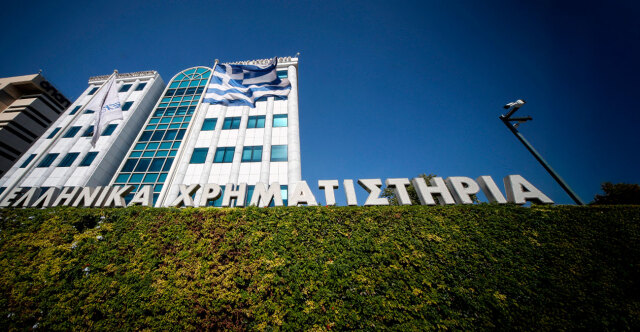Satellite data reveal: Significant increase in ground temperature after the fires in Kato
Source: ProtoThema English
Satellite data demonstrate that the destruction of forest vegetation due to wildfires results in a significant increase in land surface temperature, according to the Athens Observatory, which has released new data regarding the fires in Kato Achaia and Patras.
By analyzing data from the Landsat-9 satellite, the Observatory concluded that land surface temperature values within the burned areas on August 20 were higher by 10–12°C compared to pre-fire levels in Kato Achaia, and by 8–10°C in the Patras area.
The loss of vegetation seems to strongly affect the region’s energy balance, leading to considerable surface warming, the announcement said.
Satellite Data Reveal: Significant Increase in Land Surface Temperature After the Wildfires in Kato Achaia and Patras
Full Announcement
“High-resolution satellite data, such as those provided by the Landsat-9 satellite, allow for detailed monitoring of land surface temperatures. These data serve as a valuable tool for understanding the impact of natural disasters, such as forest fires, on a region’s microclimate.
In this context, the METEO unit of the National Observatory of Athens analyzed satellite data from two consecutive periods under similar weather conditions: July 27, 2025, before the devastating fires in the Patras region, and August 20, 2025, a few days after the fires. The comparison between the two dates reveals temperature differences of around 1–2°C in many areas, which can be attributed to natural variations in weather conditions.
As shown on the corresponding map, within the burned zones, land surface temperatures on August 20, 2025, were up to 10–12°C higher compared to pre-fire levels in Kato Achaia, and up to 8–10°C higher in Patras. The loss of vegetation appears to significantly impact the region’s energy balance, causing considerable surface heating.
It should be noted that these measurements refer to land surface temperature. However, it is reasonable to expect corresponding — though less intense — differences in near-surface air temperature as well.
In conclusion, satellite data confirm that the destruction of forest vegetation due to wildfire leads to a substantial increase in land surface temperature, with potential impacts on the microclimate and the broader ecological balance of the region.”
Ask me anything
Explore related questions
The original article: belongs to ProtoThema English .



